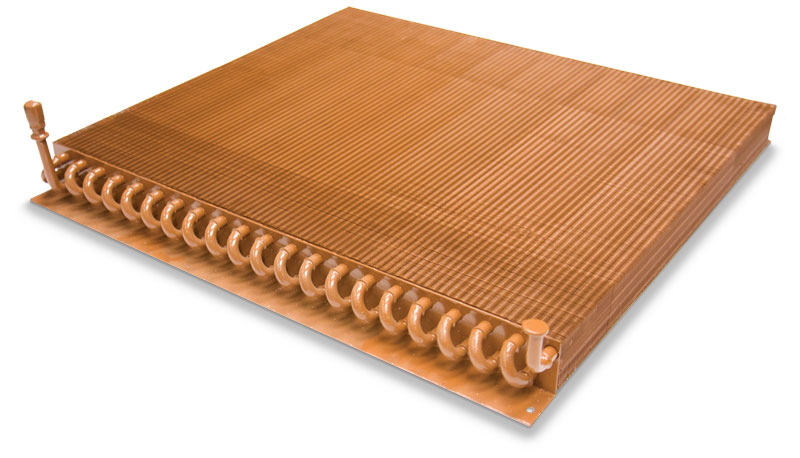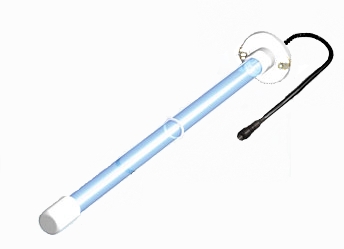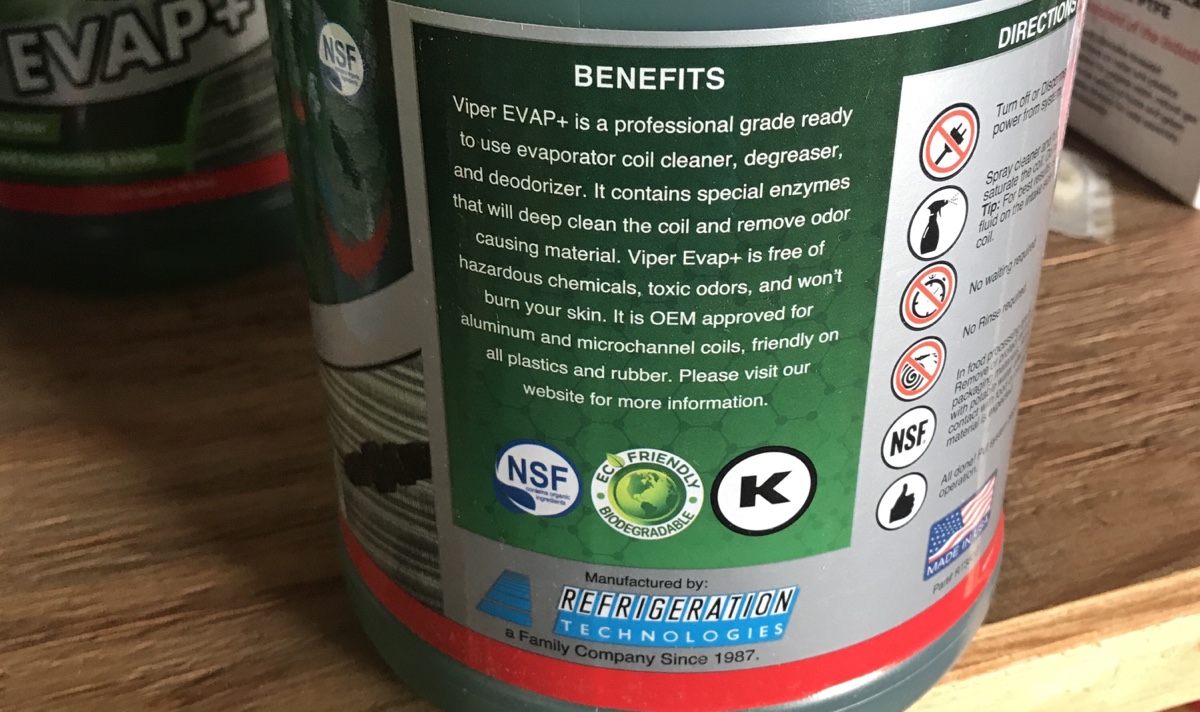Get Tech Tips
Subscribe to free tech tips.
What Causes Dirty Sock Syndrome?

I'm not sure who first started calling evaporator coil odors “dirty sock syndrome,” but I really wish they hadn't. Nowadays, every tech out there can't help but categorize every odor from the system as “dirty sock syndrome,” and customers just LOVE to hear that they have a “syndrome” named after a dirty locker room smell.
What is Dirty Sock Syndrome?
Loosely defined, dirty sock syndrome is a smell that comes from an evaporator coil, especially when it first comes on or shifts from heat to cool. The smell comes from biological material that dries out on the coil when the system is off or in heat mode.
Customers will notice this smell when it first comes on, typically not after it has been running a while. They often describe it as smelling musty, moldy, or like… well, dirty socks.
True dirty sock syndrome is almost exclusively found in humid climates and is most common with heat pump systems. Gas furnace air temperatures are generally high enough to kill the biological material (at least, that's the working theory).
Many have noticed that the occurrences appear to be increasing, which some have attributed to porous recycled aluminum used in coils. However, that hasn't been proven.
What Can be Done to Stop It?
There are many different approaches used by manufacturers and contractors, but the first thing to do is give all of the obvious parts a good inspection and cleaning.
Inspect and Clean:
- Both sides of the evaporator
- The return box
- Drain pan
- Blower wheel
Also, check for:
- Standing water around the unit
- Dirty filters (duh)
- Gaps in return ducts
- Signs of rodent or other pest intrusions

Many manufacturers have started using special coatings to help prevent the biological material (or biofilm) from attaching to the metal. These coatings can be factory or aftermarket applied and can provide pretty reliable results.

In the field, it is often more practical to use a combination of filtration, cleaning, and UV-C bulb installations to help keep stuff from growing on and bonding to the coil. Many techs fail to realize that a HUGE part of the effectiveness of UV-C is how it is installed and keeping the bulbs changed regularly.
The effectiveness of UV-C depends completely on its proximity to the coil. It will do a great job of irradiating portions of the coil it is close to, but the effectiveness will fall off VERY quickly the further the bulb is from the surface.
When installing UV, make sure to:
- Protect or shield any wires or plastic parts that may be damaged
- NEVER look at the light when it's on
- Install according to manufacturers specs
- Inform the customer of the ongoing maintenance and costs of bulb replacement

Specialty Cleaning
As long as “dirty sock” syndrome has been around, folks have been spraying stuff on coils trying to stop it. I read one place that bleach works well. I bet it does—until your coil corrodes out and your customer's canary dies!
There are many products that techs swear by, but the industry is largely going away from spraying harsh chemicals or chemicals known to cause human reactions. Whatever you spray on that coil is going to make it into the customer's home or business.
This is why we use the following approach to prevent and remedy dirty sock coil odors:
- Keep good filters in the system (MERV 8 or better, 4″ whenever possible)
- Keep drain pans and drain lines very clean
- Use Evap+ or Venom Evap cleaner from Refrigeration Technologies on the evaporator coils
- Use the Pain and Drain treatement spray from Refrigeration Technologies on the pan and bottom rows of the coil
- Install UV-C at the coil if the issue persists
In 17 years in business, this strategy has worked well for us, although I'm sure there are more extreme cases where coatings or coil replace necessary.
—Bryan











Comments
To leave a comment, you need to log in.
Log In